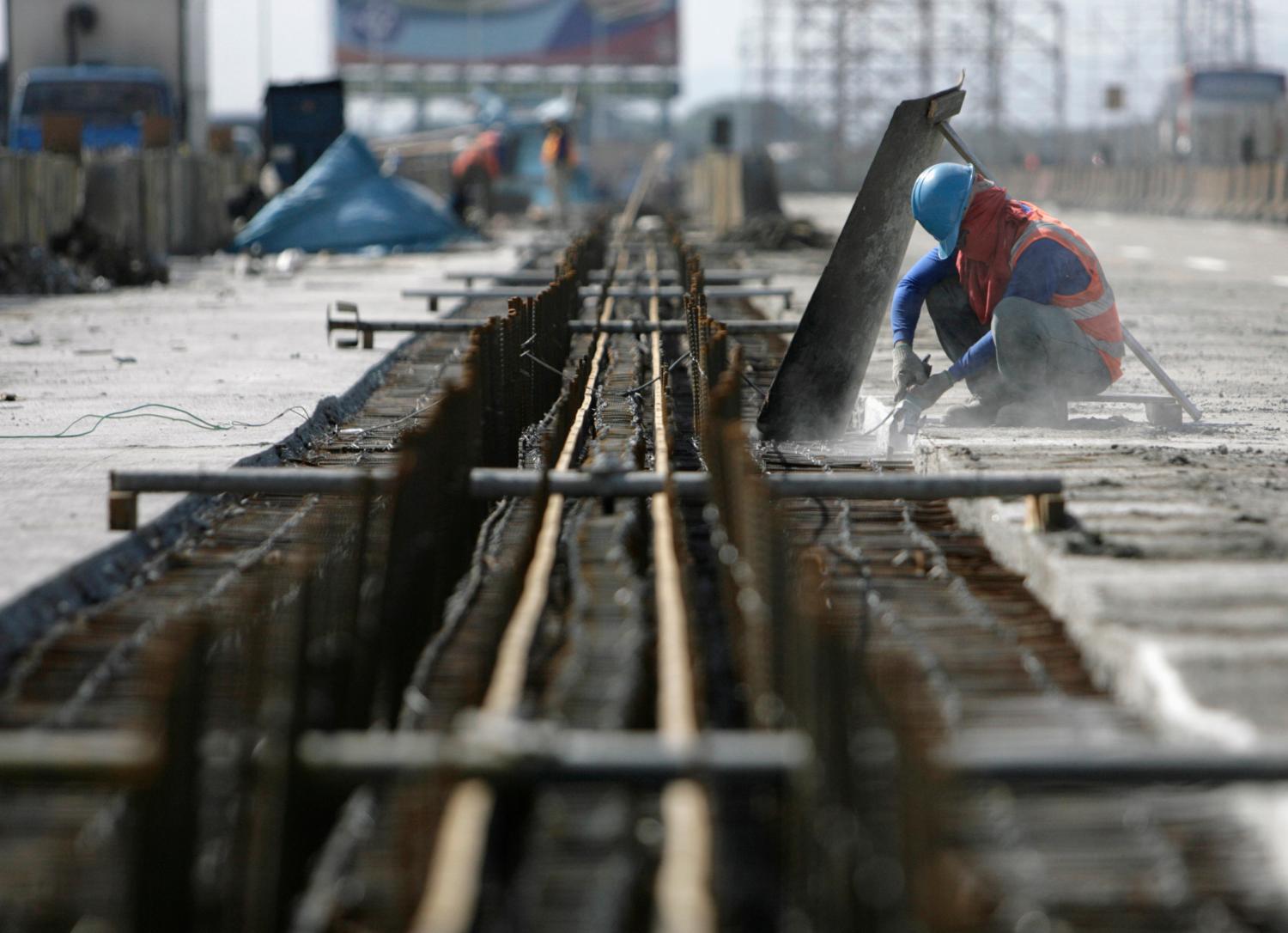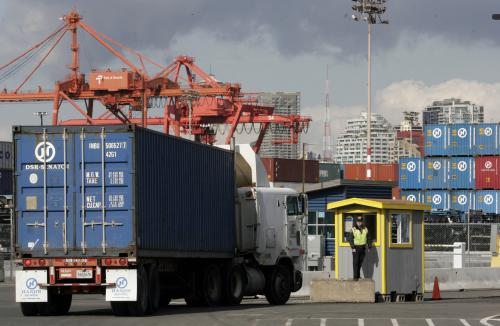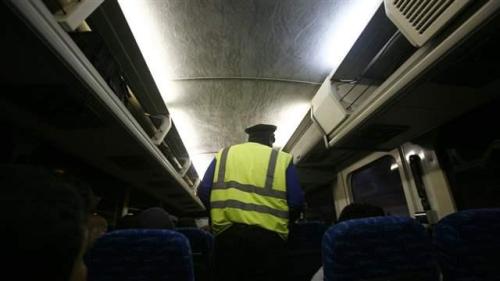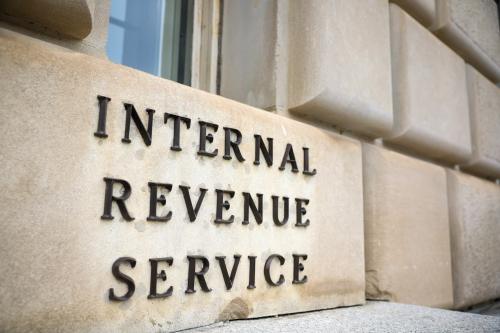In his latest State of the Union address, President Obama once again described the importance of investing in our nation’s infrastructure—to fix our crumbling roads and bridges, boost our economic competiveness, and, in particular, create new jobs. With persistent gridlock in Washington, though, we need to be more specific in how we define our pressing infrastructure challenges and promote additional job growth, following the lead of several states and metro areas that have already stepped up with fresh, targeted solutions of their own to get projects done.
This perspective is especially important given the nation’s continued need for more and better jobs—we should be considering a precise range of infrastructure-related opportunities available to workers beyond the “shovel-ready” jobs often touted by policymakers. From airports and seaports to energy and water facilities, the U.S. depends on an enormous infrastructure network, drawing from a skilled and diverse workforce that makes up nearly 12 percent of our nation’s total employment. In other words, we’re not just talking about construction workers repairing highways.
Across all industries, more than 16 million workers fill these infrastructure occupations nationwide, including thousands of electrical engineers, technicians, and truck drivers who are vital to the design, maintenance, and delivery of some of our most valuable physical assets. While these workers may individually carry out different duties depending on their line of work, they all help contribute to the long-term use and development of our nation’s infrastructure. In this way, they collectively support—and benefit from—ongoing infrastructure investment, whether it is directed toward roads, rails, or even broadband deployment.
Many metro areas, moreover, rely on a large number of these workers to drive their industrial growth. For example, Memphis, with its extensive warehousing and logistics base, has one of the highest shares of infrastructure-related employment nationally at 17 percent, which includes 30,000 material movers and hand laborers. Likewise, energy centers such as Houston and Baton Rouge have over 15 percent of their total employment concentrated in similar occupations.
The fact that these jobs cut across multiple skill levels also heightens their appeal to a broad class of potential job seekers, from riggers and crane operators to pipelayers and hydrologists. At the same time, above-average wages in many technical and engineering occupations speak to the strength of these jobs within a variety of industries.
These infrastructure jobs, in turn, have a significant role to play beyond construction projects, with economic impacts varying widely from market to market.
As policymakers continue to explore strategies that address our growing infrastructure deficit, they need to examine the larger range of jobs—and millions of workers—at the center of these debates. Glossing over the finer details not only ignores the true extent of infrastructure’s impact on the U.S. economy, but it also limits our ability to craft actionable and quantifiable solutions in years to come.
The Brookings Institution is committed to quality, independence, and impact.
We are supported by a diverse array of funders. In line with our values and policies, each Brookings publication represents the sole views of its author(s).







Commentary
Beyond “Shovel-Ready”: Defining a New Range of Infrastructure Jobs after the State of the Union
January 29, 2014